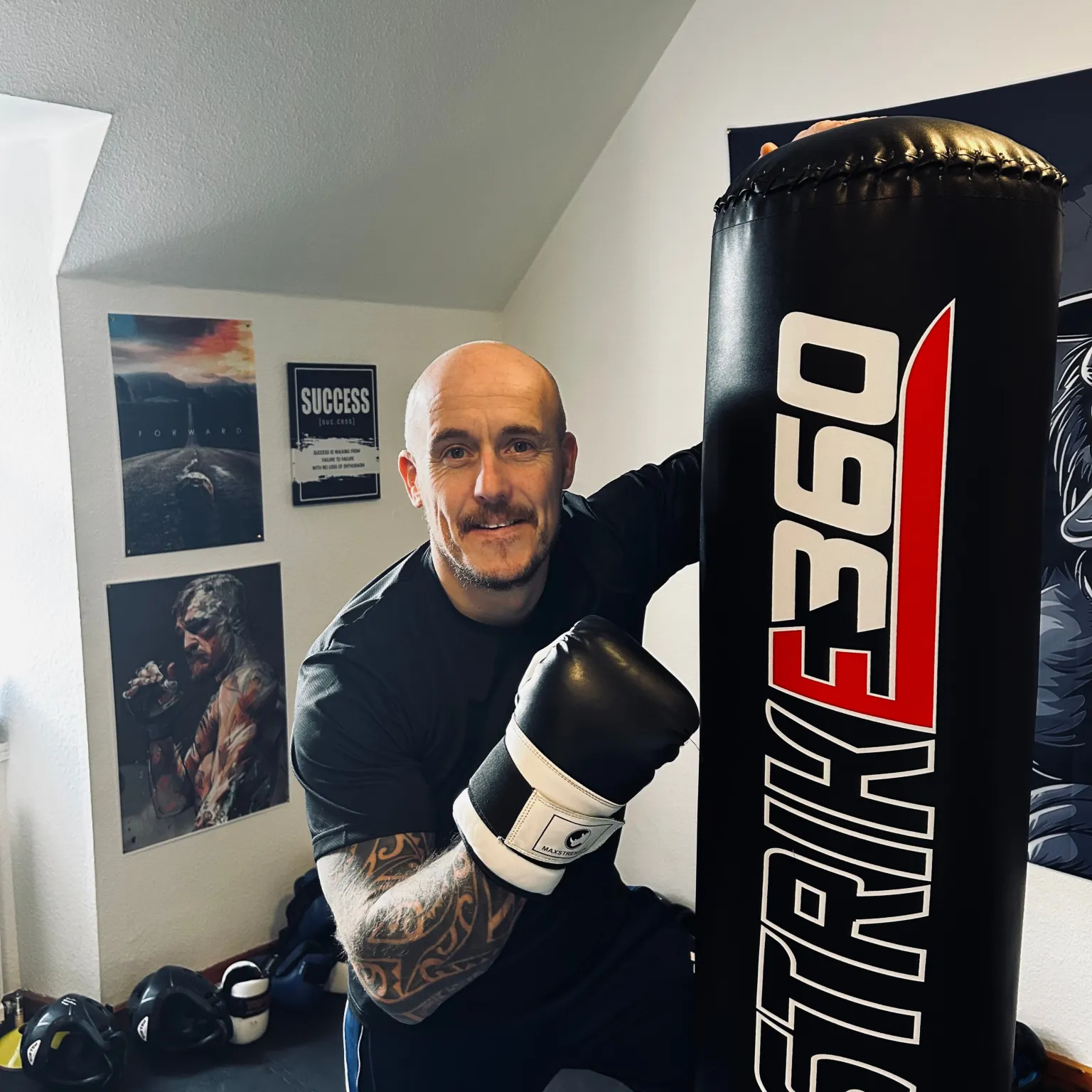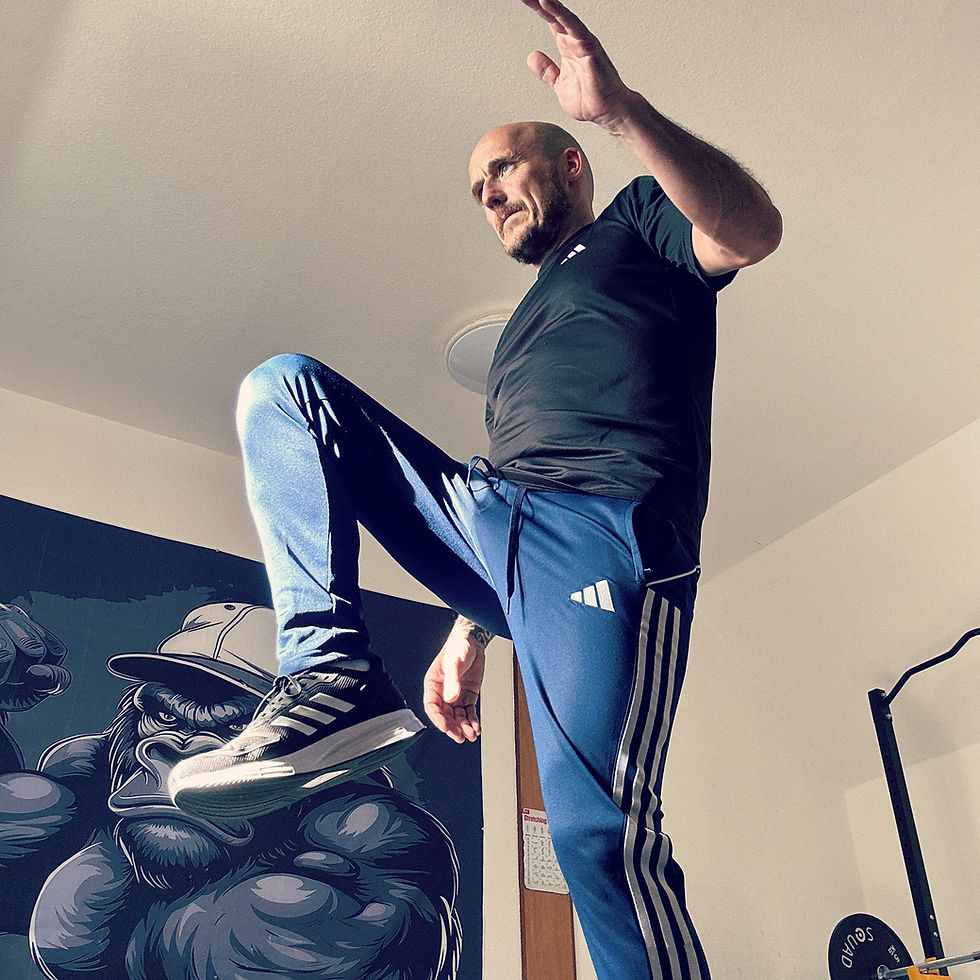The Core Connection - How to Engage Your Core in Every Exercise You Do - Core Strength Part 4
- Ross Geldart
- Jun 3
- 2 min read
Updated: Oct 21
You’re learning the right techniques, building smart habits, and avoiding the common pitfalls - now it’s time to unlock one of the most powerful tools in your training:
Core engagement in everything you do.
Because here’s the truth:
Core strength isn’t just built during planks and dead bugs. It’s built in every rep of every movement - if you know how to switch it on.
What Does “Engaging Your Core” Actually Mean?
It’s not about sucking your belly in.
And it’s not about tensing your abs the whole time like you’re waiting for a punch.
True core engagement is about bracing - creating internal pressure that stabilises your spine and connects your upper and lower body.
Think of it like tightening a cylinder around your midsection to support you during movement.
The Bracing Technique (Do This Before Every Rep)
Try this now, standing tall:
Inhale deeply through your nose, letting your belly expand - not your chest.
Brace your core like you’re about to lift something heavy. It should feel firm - not tense or tight.
Maintain that tension as you exhale slowly.
Keep that subtle engagement while you move - whether you’re squatting, pressing, or walking.
Now you’re training with a switched-on core.
Core Activation in Real-Life Exercises
Let’s look at some key movements and how your core should be working during each one:
Squats
Goal: Prevent forward collapse and protect the lower back.
Core Action:
Brace hard before you descend
Maintain a strong, upright torso
Use your core to drive back up—not just your legs
Push-Ups
Goal: Maintain a straight line from shoulders to heels
Core Action:
Tuck your pelvis slightly (avoid sagging hips)
Brace as if holding a plank
Squeeze glutes and keep tension through the midsection throughout
Deadlifts
Goal: Transfer power from the ground without rounding the back.
Core Action:
Inhale and brace before lifting
Imagine your torso as a solid block—no movement through the spine
Reset your brace between reps
Running or Walking
Goal: Stay upright, efficient, and balanced
Core Action:
Keep your ribs stacked over your hips
Use a soft brace while breathing naturally
Don’t overstride—your core should control your posture, not your arms or neck
Train Smart, Not Just Hard
When your core is engaged properly, everything improves:
Your posture holds under pressure
You lift heavier, more safely
You reduce your risk of injury
You move with more control, power, and efficiency
Try This: “Core Check-In” Warm-Up (3 Minutes)
Use this before any workout to fire up your core:
90:90 Breathing – 5 deep breaths
Dead Bug – 3 x 30 seconds
Plank Walkouts – x10


Coming Up Next:
From carrying the shopping to chasing the bairns - your core is behind it all. In the next post, we’ll explore how core strength helps outside the gym.
Want to take your Core Training to the next Level? Check out my 12 Week Core Progression Programme HERE
Mind Core Fitness
Strong core. Strong life.





Comments